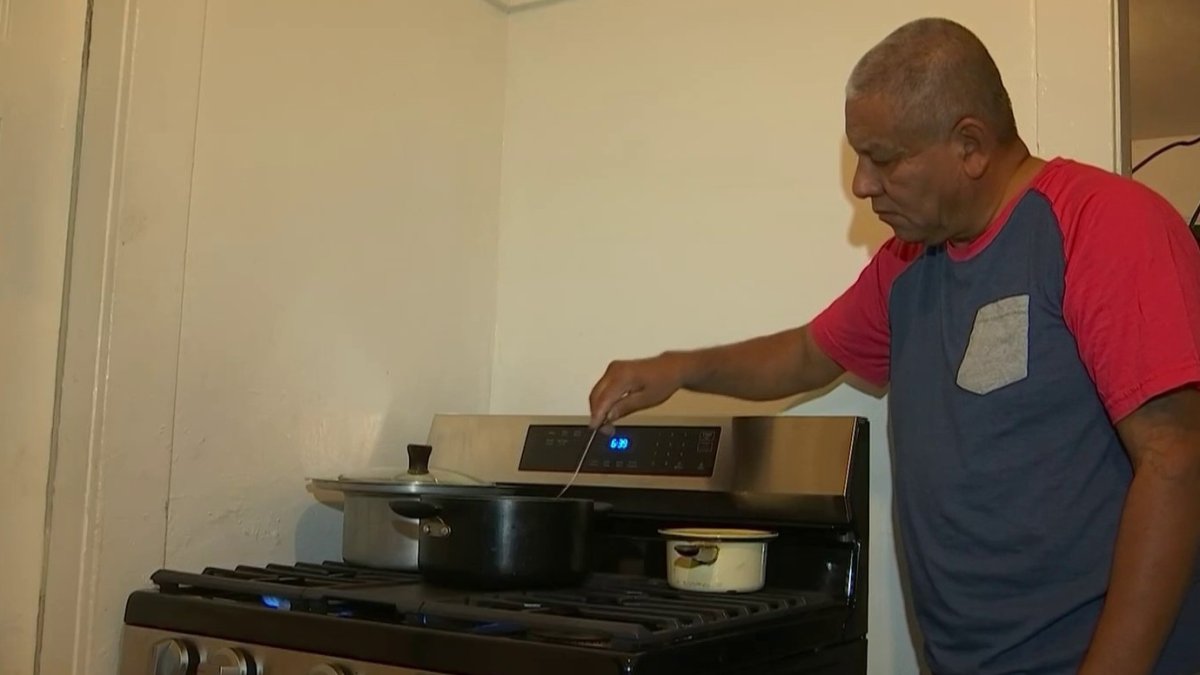Most homes in the United States still use gas ranges or stoves.
However, a recent study reveals that these devices can be harmful to health, even when the burners are not lit.
This data shows that gas stoves fill homes with nitrogen dioxide (NO2), carbon monoxide, formaldehyde and particulates.
On the eve of New Year’s celebrations, Los Angeles County health authorities are warning of a possible increase in respiratory illnesses such as COVID-19.
“There are studies that have shown that for Latino families, in particular, this is a particular risk because these are the families that tend to live in corridors of pollution,” said Teresa Borden, spokesperson. of Energy Foundation.
One such study notes that nearly 13% of childhood asthma cases in the United States can be attributed to contamination from gas stoves.
“We are calling on the Consumer Product Safety Commission (CPSC) to do more study and review this for possible sensible regulation so families can know what they can do and how it can be done to their children,” Borden said. .
A 2013 analysis also found that children living in homes with gas stoves are 42% more likely to develop asthma symptoms and 24% more likely to develop asthma than those living in homes without stoves. gas.
health effects
Maria de la Paz Padilla suffered the effects on her health, as did her son, since they both suffer from Asma.
Padilla suffered from asthma since she was a child but it had been controlled but she suffers from it again. Her son has suffered from the disease since he was two years old.
Los Angeles is one of the most polluted cities in the United States, according to a new report from the American Lung Association (ALA).
“I didn’t know how many pollutants it was emitting because you always have to deal with outside contamination,” says Paz.
“I was taking care of myself on the outside and I had the enemy on the inside here at home,” Paz added, referring to gas stove contamination.
The housewife also stresses the importance of learning about the effects of these kitchens.
While we stay at home fighting to stop the coronavirus, it is extremely important to stay active and above all to strengthen our lungs, which is why Fernanda Rocha, fitness expert, teaches us how to practice this new technique called Jinga, let’s see.
“It’s very important that we as a community know about these risks that we have inside the home.”
What can people do with gas stoves?
Borden points out that people can install a range hood over the gas cooktop to vent these contaminants. If you have to use the gas stove, it is better to use the rear lights.
He also advises the use of electric kettles or electric cookers, which can be purchased with one or two burners.
“These are things that can help the person, as long as there is a risk they can minimize it,” Borden said.
The doctor found lung damage in patients with symptoms and in those without.
Measures to help consumers
Consumer advocates recommend that the CPSC take the following actions:
- Adopt mandatory performance standards for new gas ranges and range hoods that reduce risk by increasing ventilation and/or alerting users to dangerous concentrations of pollutants;
- Require warning labels on gas stoves;
- Create accessible public education materials on gas stove emissions and effective ways to reduce or eliminate them.

